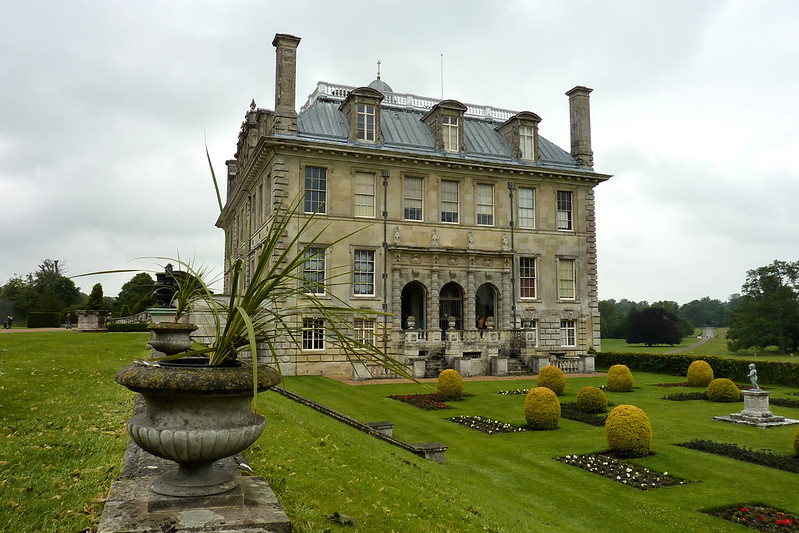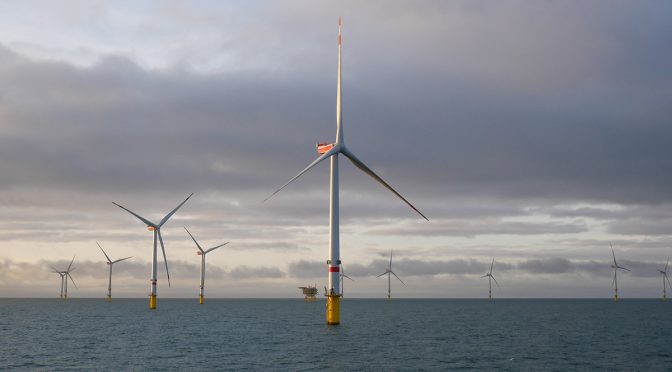
The system involved the drilling of 32 vertical boreholes, each 180 meters deep. Natural ambient heat from the ground is then upgraded by four high-temperature heat pumps before it is supplied to the mansion house and courtyard buildings. Over 6000 meters of pipeline comprise the new heating system.
The use of geothermal heating allows the site to save on 30,000 liters of oil each year, as well as 57 tonnes of carbon. It also removes the danger of oil spills from the previous boilers and storage tank.
Aside from benefits on savings and emissions reduction, the heat pump system also provides more stable temperature and humidity levels. This helps in preserving the valuable art collection in the mansion by supplying heat without spikes and dips in temperature.
“Even in the most historically significant settings like Kingston Lacy, it’s possible to integrate these modern technologies,” said Owen Griffith, lead renewable heat project manager for the National Trust.
“Magnificent buildings like these have been around for centuries, but their heating systems have evolved – from open fires to coal boilers and then oil boilers, with many energy innovations along the way. This is simply the next step in Kingston Lacy’s history and preservation.”







